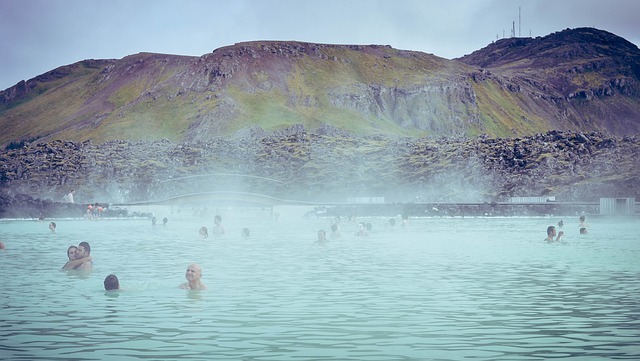Hot spring establishments are expected to have a rosy future. Total revenues in the sector may jump to a whopping $77.1 billion globally in 2022 from $56.2 billion in 2017, with average annual growth accelerating to 6.5% in this five-year period from 4.9% recorded in 2015-17, according to the Global Wellness Institute (GWI).
Key geographical markets already recorded strong growth in recent years. China, Japan and Germany, the top three markets with over 26,000 establishments in total, saw their combined revenue increase by 6.9% in 2015-17. With vast resources and bathing traditions dating back to centuries, Asia-Pacific and Europe jointly account for 95% of global industry revenues.
Relatively small markets are also expanding fast. In North America, the number of thermal units rose by 27% and revenues increased by 28% to $730 million in 2015-17. there are a number of developments underway at local hot spring resorts in several states from Alaska to Wyoming.
Demand for thermal services is steadily increasing as more and more customers are seeking to connect with nature and pursue alternative ways for healing and relaxation. Therapies based on natural elements, such as thermal water, are the most popular wellness and spa services among walk-in, local and domestic customers globally, according to the 5th International Wellness, Spa & Travel Monitor 2018, published in cooperation with RLA Global.
Hot springs also attract an increasing number of customers interested in experiential travel, who hunt for unique and authentic experiences and want to immerse in the culture. Soaking in a thermal pool with locals in a traditional Japanese onsen or discovering a small hot spring tucked away in rural Oregon could match all of these expectations.

Most of the existing thermal spring establishments are basic bathing or swimming facilities with no additional services or accommodations, but they offer great development potential. According to GWI, thermal springs offering value-added spa services account for only 26% of all establishments globally but generate 66% of industry revenues. Unsurprisingly, annual revenue growth has also been higher at 7.4% for assets offering spa services, compared to 0.5% for establishments with no such services.
Hot springs can be appealing to developers partially because they are not seasonal, making them the perfect natural element for year-around resorts. The specific characteristics and mineral content of local thermal water, as well as the natural setting of the spring, may increase overall authenticity – something real estate companies are increasingly keen on.
With the rising interest in natural therapies and wellness traditions, residences built within mixed-use developments that incorporate thermal and mineral spring facilities are expected to grow in popularity. Rediscovering hot springs as a wellness living anchor can help developers target more buyers, for example, in the senior housing market, and maximize return on real estate.
Beside greenfield projects, there is an immense opportunity for the redevelopment and modernization of existing thermal resorts and facilities. In Japan, undervalued and mismanaged hot spring spas and onsen inns are sold to foreign investors as family owners are short of funding and struggle to find successors to run the units. In Europe, many countries with sanatoria-style health resorts catering to government-funded patients are looking to upgrade and diversify many of these facilities, often involving privatization.
Recent development trends in Europe also show that investors target updating and reopening outdated or closed facilities, expanding well-established assets and adding new complimentary services, facilities and programming that appeal to a broader range of guests (such as health food restaurants, beauty treatments, fitness studios or mind-body classes). Integrating cross-cultural bathing experiences at existing or new resorts (like introducing Japanese or Turkish treatments and services to European customers), is also an option for some developers.
Possible challenges investors may face in the market include the relatively low share of international guests at thermal facilities (accounting for 33% of demand in 2018) and below-average guest spending on wellness and spa services using traditional thermal resources (€75 per foreign guest in Europe in 2018), data from the 5th International Wellness, Spa & Travel Monitor 2018 show. But again, most establishments currently lack spa services or related accommodation.
Developers and future operators may receive indirect support to attract more high-spending foreign guests in several markets. Tourism organizations in Germany, Spain, Portugal, Hungary and many other countries promote hot springs and thermal water as a key wellness tourism offering. Some countries, like Turkey and Greece, have centred their tourism promotion schemes around healing waters.
More and more thermal and mineral spring properties have also started marketing themselves beyond their local markets to capture growing demand for their services, according to GWI. Based on the rapidly increasing interest from consumers, businesses and governments, the institute projects a steady and increasing growth trajectory for the hot springs industry over the next 5-10 years.


